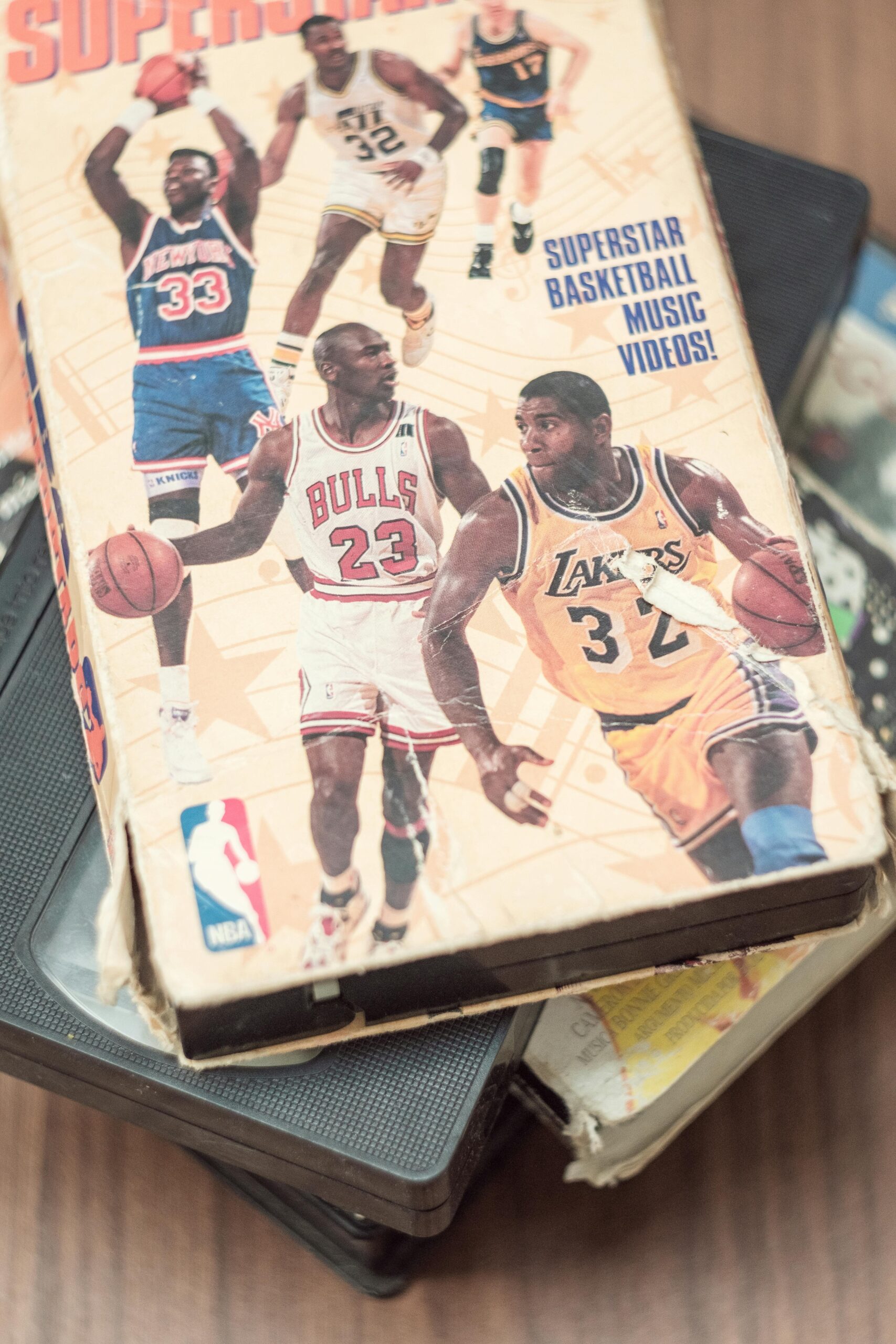There’s something magical about watching a legend walk away from the game. The farewell tour. The standing ovations. The final jersey swap. But let’s not kid ourselves — once they’re gone, we can’t help but ask one question: “Could they still hang today?”
Some fans live in nostalgia and swear their GOAT could drop 30 tomorrow. Others are brutally honest and admit, “Yeah… he’d get cooked.” I fall somewhere in between. I love the old-school warriors, but today’s game is faster, stronger, and way more unforgiving.
So let’s dive into a few retired legends I think might still dominate — and a few that would probably get exposed under today’s spotlight.
1. Shaquille O’Neal – Might Still Dominate
Shaq in his prime was a straight-up wrecking ball. At 7’1” and over 300 pounds of brute force, he made grown men look like JV players. Today’s game is more perimeter-focused, but guess what? No one has the size to stop 2000-era Shaq in the paint. Sure, he’d get stretched defensively, but offensively? He’d eat every skinny center alive. Put him on a team like the Nuggets or Heat? He’s still giving you 20 and 10 easy.
2. Allen Iverson – Might Get Cooked
Now don’t get me wrong, I love AI. The man had heart, swagger, and crossover moves that rewired defenders’ ankles. But the modern game has evolved. Defenses are longer, stronger, and switch faster than ever. At 6 feet (maybe), Iverson would have to work ten times harder just to get a decent shot off. He’d still be electric in stretches, but night in, night out? I think AI might struggle with efficiency in today’s league. He wouldn’t be washed… but he wouldn’t be the AI we remember.
3. Ray Lewis – Still a Problem
I don’t care what year it is — Ray Lewis was born to hit people. Sure, today’s NFL is more pass-heavy and softer on contact, but Lewis wasn’t just a hitter; he was a genius on the field. His leadership, instincts, and raw power would make him the QB of any defense, even today. Put him in the middle of a modern scheme with speed on the edge, and he’s still barking orders and stuffing runs like a boss.
4. Peyton Manning – Might Get Cooked
This one hurts to say. I grew up idolizing Peyton. But in today’s NFL, where mobile QBs rule the world, a statue in the pocket just doesn’t cut it anymore. Defenses are faster, blitz schemes are more exotic, and quarterbacks have to extend plays with their legs. Peyton’s arm and brain were elite, no doubt — but without wheels, he’d be a sitting duck. He’d still be a great game manager… just not a league MVP anymore.
5. Tim Duncan – Still Could Dominate Quietly
Tim Duncan never needed flash. He was the king of “boring but unstoppable.” And that kind of game ages well. Give him a modern stretch-four next to him, let him work the post with his signature bank shots, and he’s still putting up 18 and 9 like it’s 2005. Duncan’s calm, robotic efficiency would still frustrate young defenders into submission. And with today’s emphasis on spacing and defense? The Big Fundamental fits just fine.
6. Barry Sanders – Could Be Even Better Now
Barry retired too soon, and I’ll never forgive the football gods for it. But if he came back today, with spread offenses and rules that protect running backs? He might break the game. Barry didn’t need a great O-line — he made magic out of nothing. In today’s NFL, with space and one-on-one matchups? He’d go full cheat code.
7. Paul Pierce – Sorry, He’s Getting Cooked
I can already hear the Celtics fans losing it, but come on — Pierce’s game was all iso, midrange, and slow-mo footwork. That’s just not today’s NBA. Unless you’re Kevin Durant-level efficient, you’re not surviving on pump fakes and leaning twos anymore. Pierce was clutch, no doubt. But in today’s pace-and-space league? He’s a bench piece, not a centerpiece.
Final Thoughts
Look, legends are legends for a reason. But the game moves forward. Some could adjust, dominate even. Others? Not so much. And that’s okay. Their greatness doesn’t have to translate to now to still matter. But man… it’s fun to imagine Shaq dunking on dudes who weigh 212 pounds. Let the debates rage.


